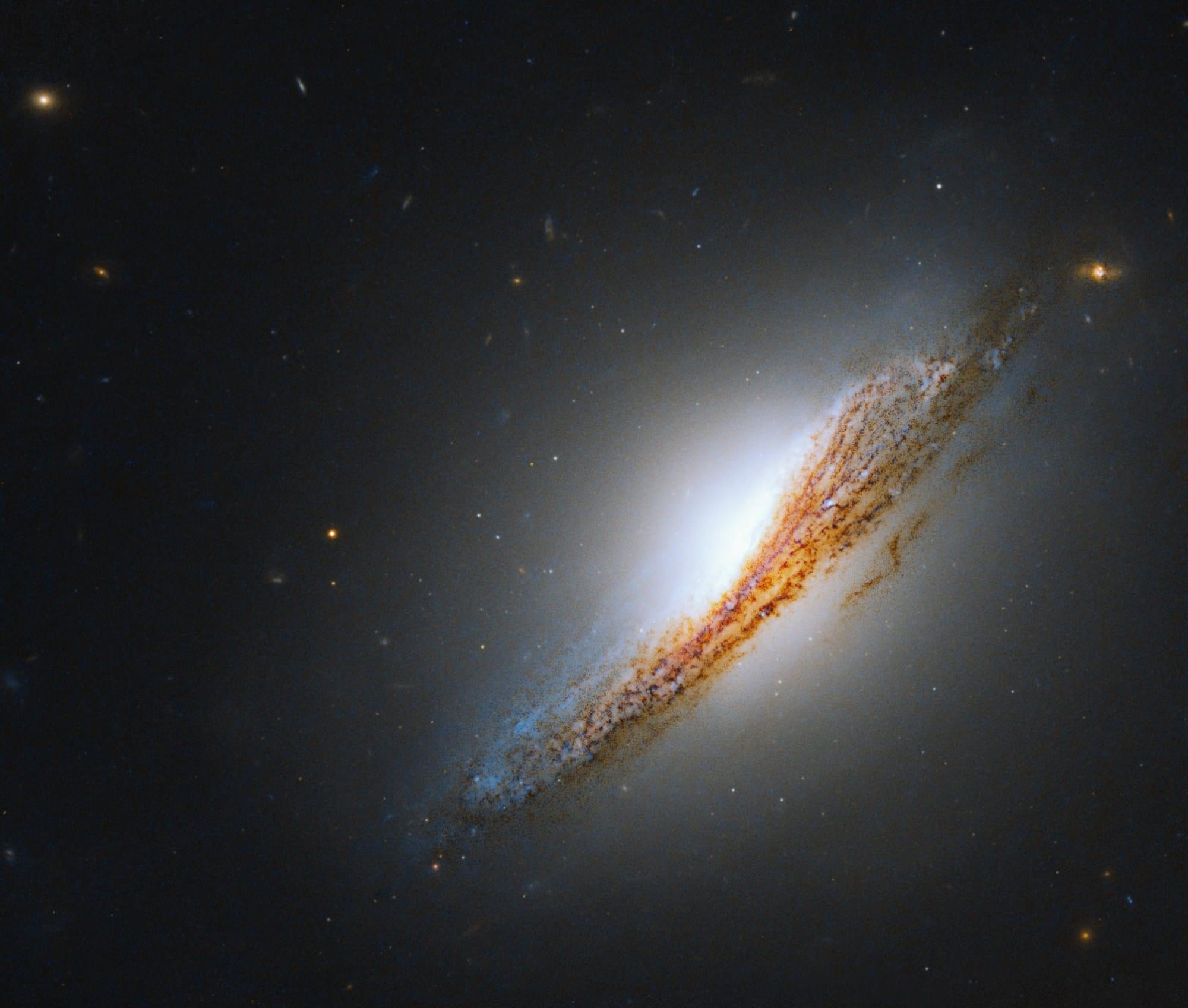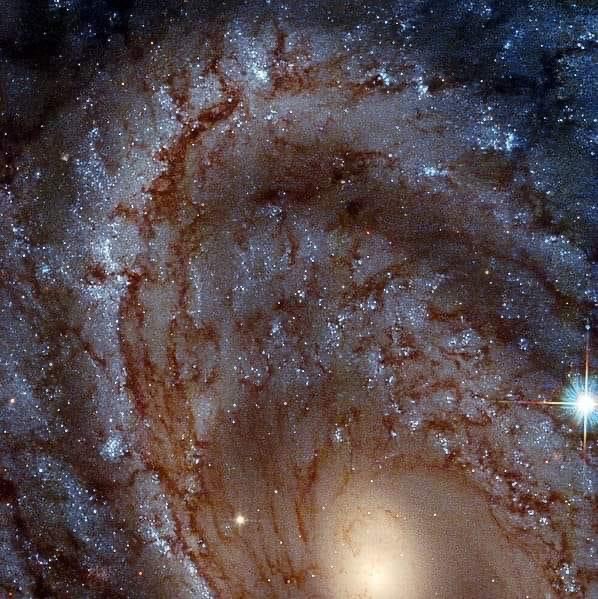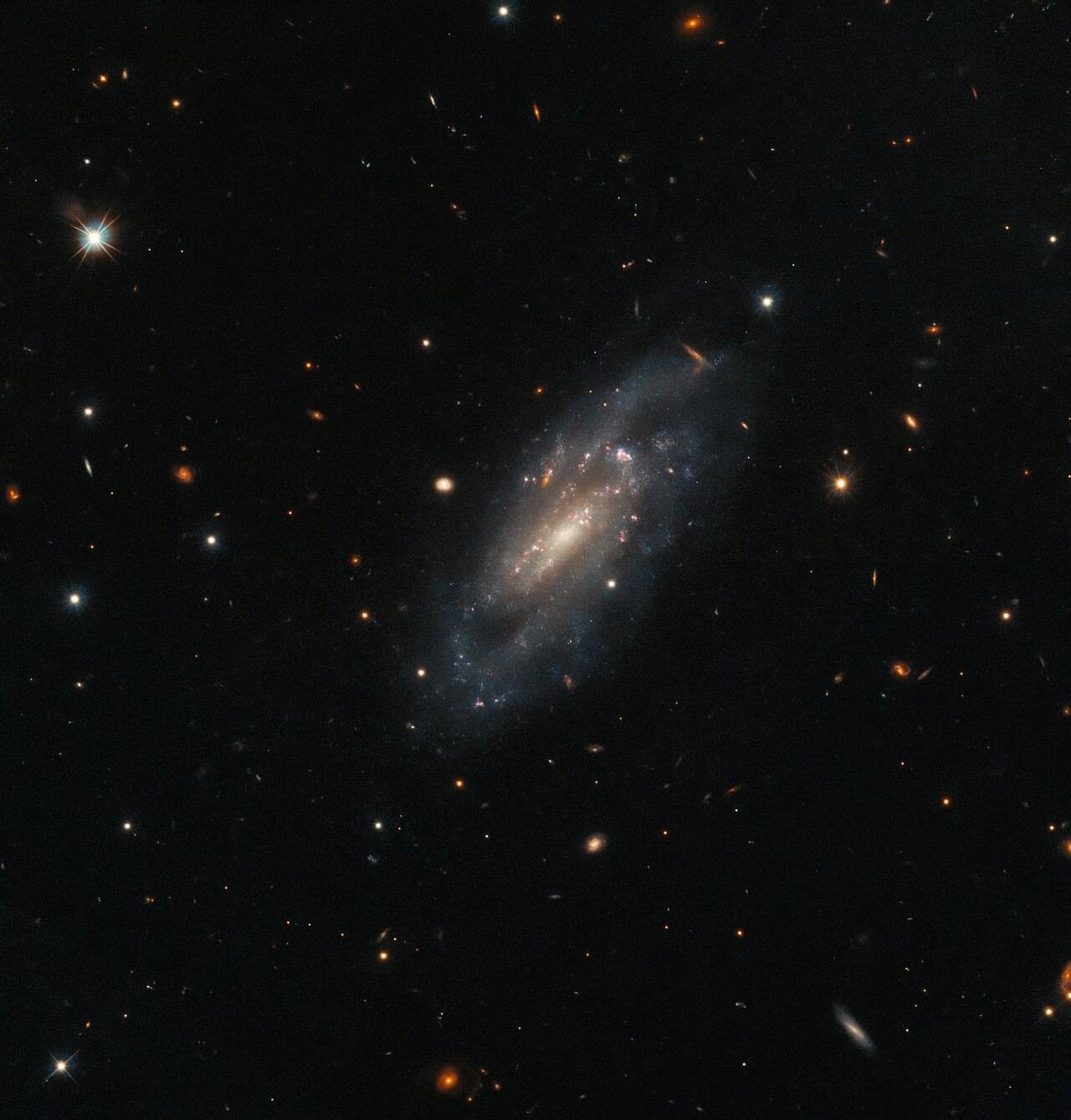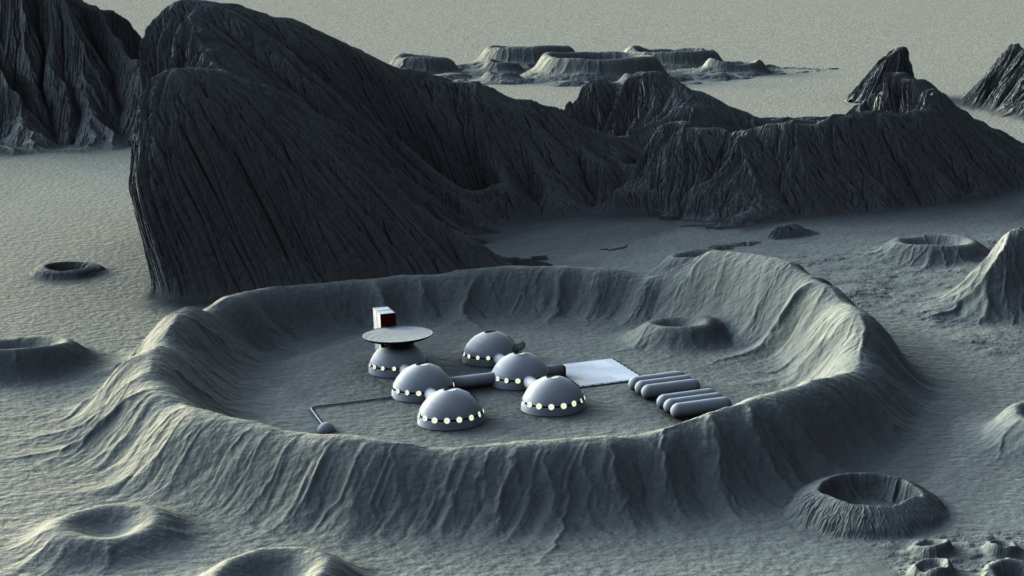Hubble Space Telescope captures detailed images of celestial objects such as planets, stars, and galaxies. Hubble Space Telescope has collected over one million observations. These include comprehensive images of star birth and death, galaxies billions of light years away, and comet fragments colliding with Jupiter’s atmosphere.
Neptune Picture By Hubble Space Telescope
Astronomers using the NASA/ESA Hubble Space Telescope have chronicled Neptune’s cloud cover over three decades.

This long set of observations shows that the number of clouds grows increasingly following a peak in the solar cycle – where the Sun’s level of activity rhythmically rises and falls over an 11-year period.
The theory is that the increased ultraviolet radiation from the Sun, during its peak of activity, causes chemical changes deep in Neptune’s atmosphere. After a couple years this eventually percolates into the upper atmosphere to form clouds.
UGC 11860 by HST
Our Hubble Space Telescope take Picture of the showcases the serene spiral galaxy UGC 11860, which played host to an energetic stellar explosion.
A supernova explosion — the catastrophically violent end of a massive star’s life — was detected in UGC 11860 by a robotic telescope. Astronomers used Hubble Space Telescope Wide Field Camera 3 to search through the aftermath of this cosmic explosion.
Supernova explosions play a crucial role in creating elements between silicon and nickel on the periodic table. Understanding the impact of star system masses and compositions is vital in explaining the origin of many chemical elements on Earth.
Robotic telescopes allow astronomers to detect unpredictable supernovae that can then be investigated in more detail by powerful telescopes such as Hubble Space Telescope.
HST capture Rare Radio Galaxy

🔳The Hubble Space Telescope Just Captured An Extremely Rare Radio Galaxy🔳
NASA published a snapshot this week of a strange and beautiful galaxy. It’s so weird that NASA officials say it’s one of only five such galaxies known to exist in the universe.
Astronomers give galaxies a variety of labels. Often, they describe them according to their shape. Take galaxy NGC 612, as seen above, which was most recently highlighted by the scientists running the Hubble Space Telescope.
As you might see, it lacks the dramatic swirl of a spiral galaxy and doesn’t quite fit the mold of a halo-like elliptical galaxy. It’s somewhere in between. NGC 612 is a lenticular shape, and like the yummy lentils we eat during cold months that also embody that shape, the galaxy looks like a disk with a round bulge in the center.
But, even stranger attributes have appeared in front of scientific instruments when they’ve gazed towards NGC 612, perched in the Sculptor constellation roughly 400 million light-years from Earth.
NGC 4603

Boom 💥 This beautiful image shows the spiral galaxy NGC 4603 in the constellation Centaur, about 100,000,000 light-years away. Bright bands of young blue stars form its arms, which swirl outward from its luminous nucleus. The intricate brown-red filaments passing through these arms consist of dense clouds of dust, obscuring the diffuse starlight of the galaxy.
The Hubble Space Telescope image shows the high-luminosity supernova SN 2008 cn on the right, whose progenitor was a red supergiant.
N29 By HST
A star can sometimes be just as lovely after it has died. The delicate filaments in this image of N 49 are sheets of debris from a star that burst in the nearby, partner galaxy to the Milky Way, the Large Magellanic Cloud. These filaments form as the supernova’s blast waves collide with the surrounding dense molecular clouds.

A dense relic known as a neutron star, which rotates once every 8 seconds, was also left behind by the supernova. While not visible in this view, the neutron star communicates with Earth’s satellites by emitting a constant, pulsating glow of x-ray radiation as well as recurrent bursts of x-rays and gamma rays.
NGC 5189 by HST
NASA’s Hubble Space Telescope captured an image of NGC 5189, a planetary nebula resembling a festive ornament in space. Planetary nebulae are the final stages of stars like our Sun, shedding their outer layers in complex patterns.

NGC 5189 is especially captivating with its bluish lobes and intricate structure. It has two nested formations due to a potential hidden companion star, and the central star, now a white dwarf, is nearing the end of its life.
The golden ring in the image is a beautiful result of stellar winds and radiation. It’s a reminder of the universe’s intricate and stunning creations in the cosmos. Puts life into perspective!

